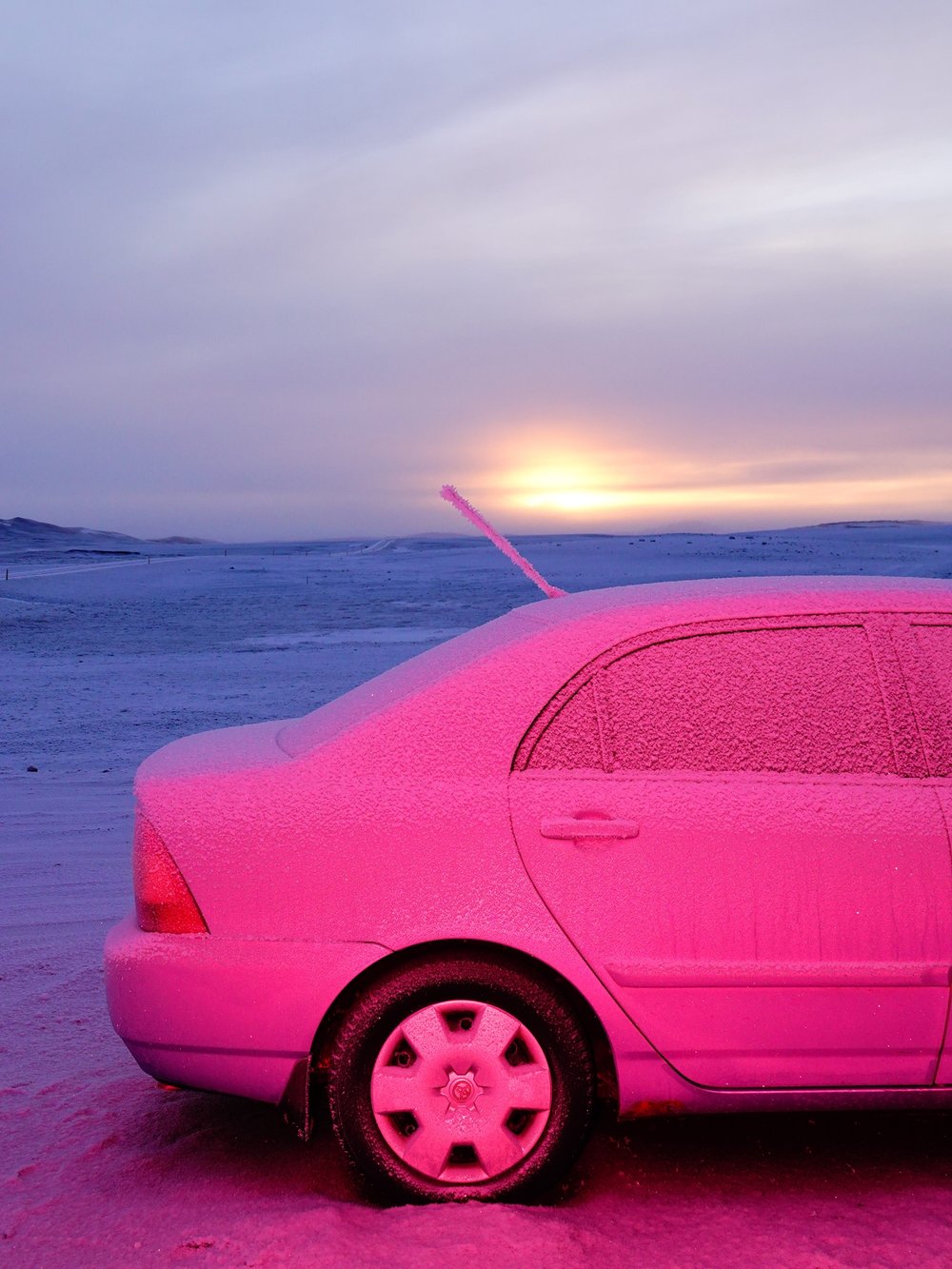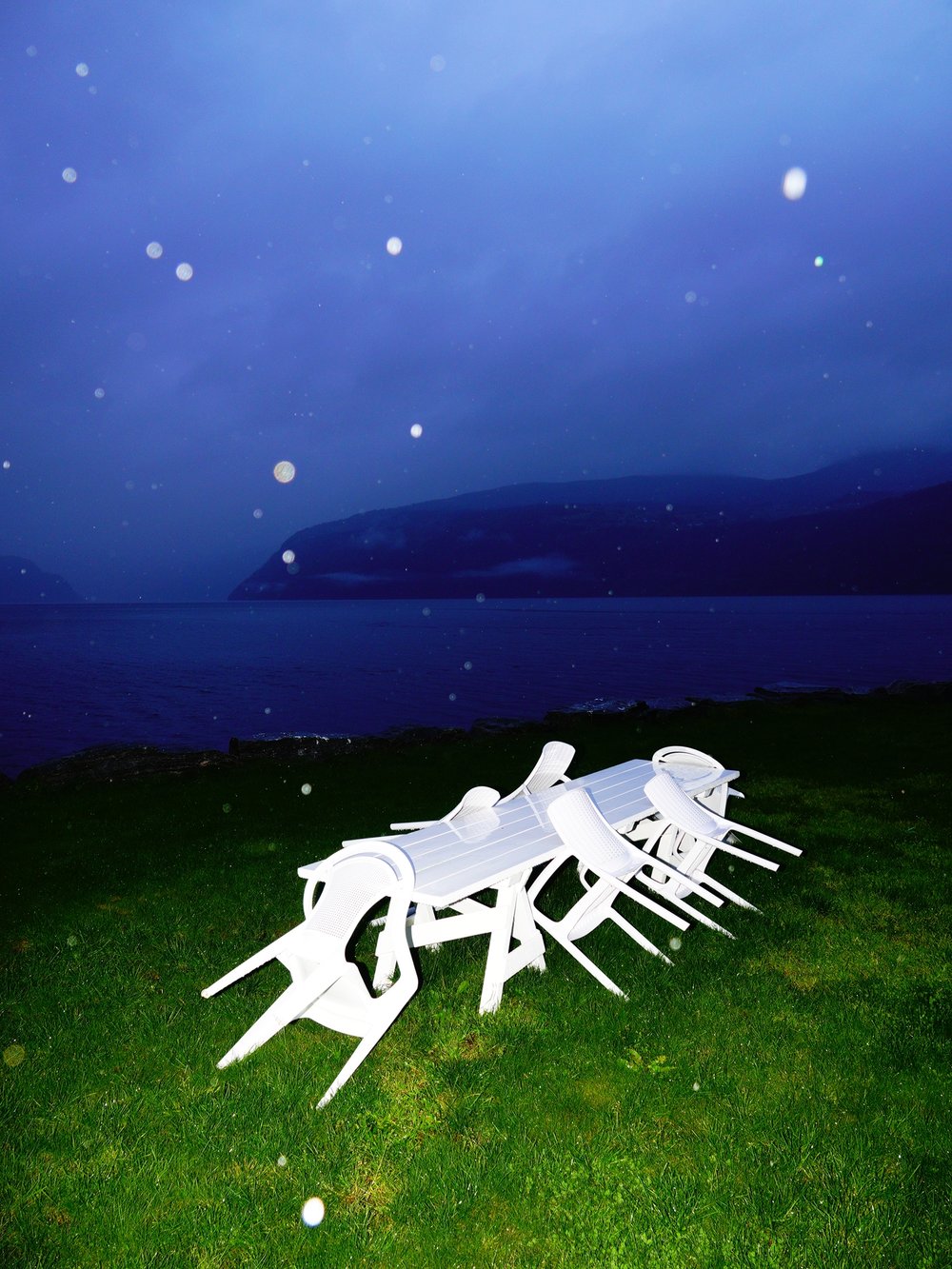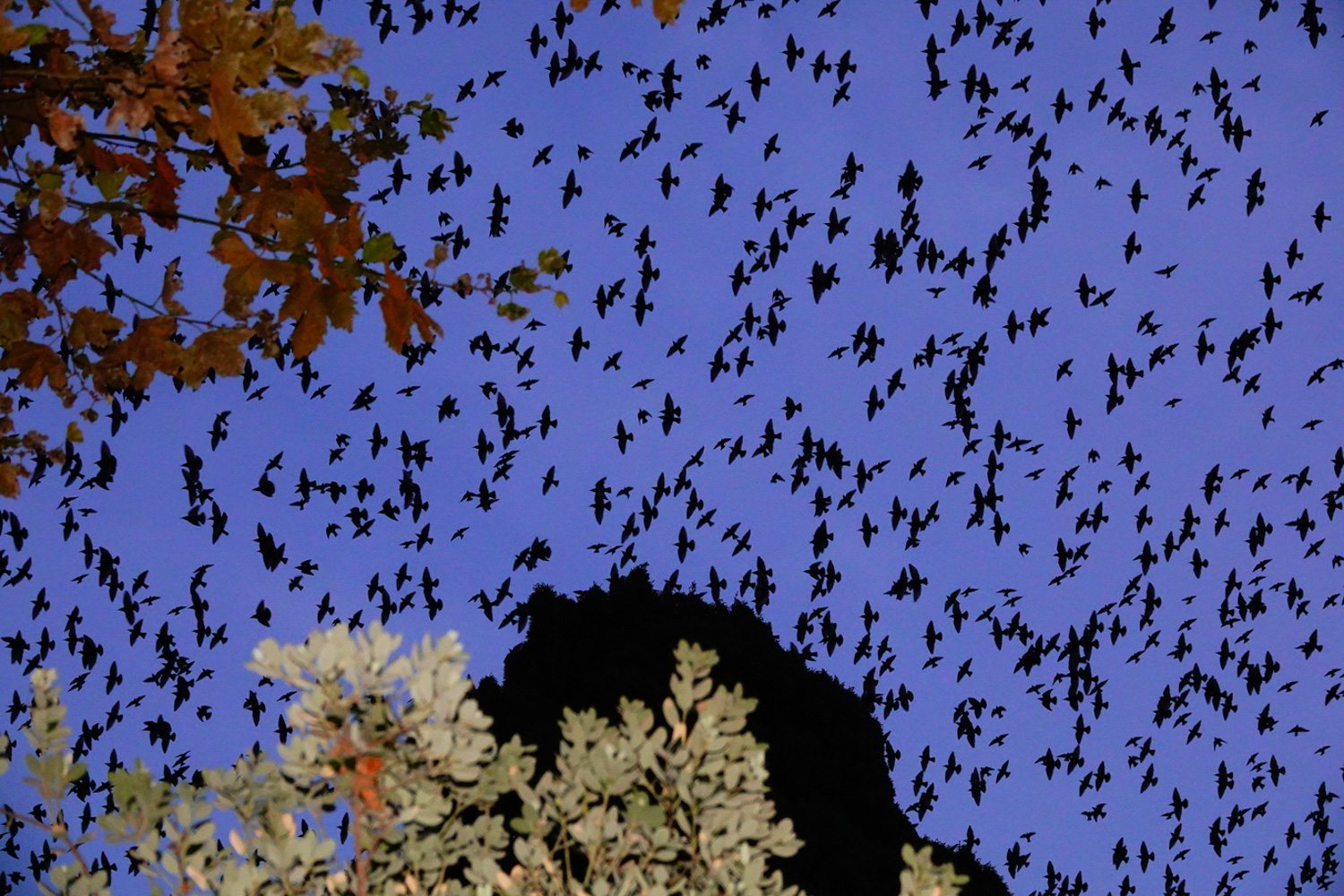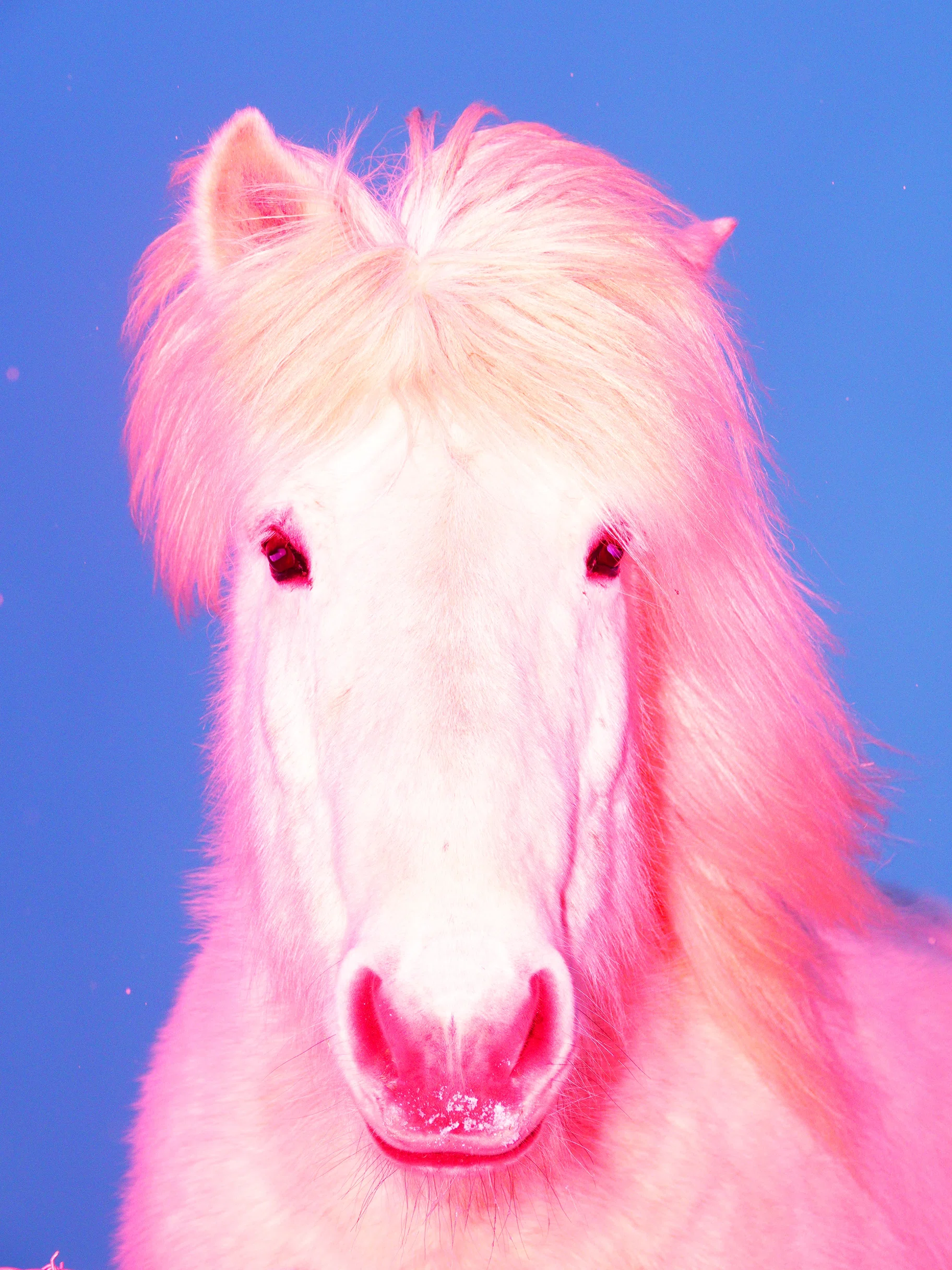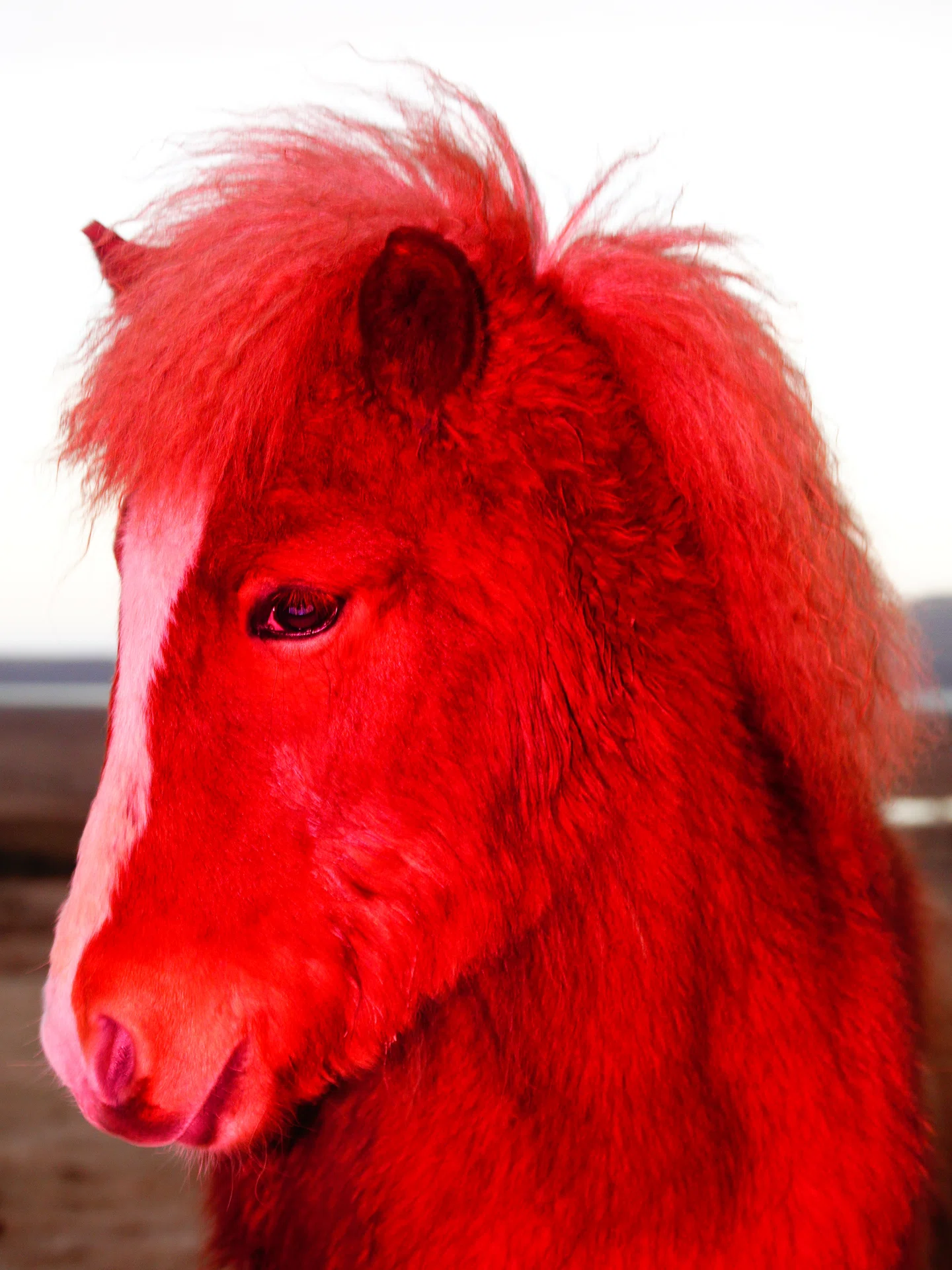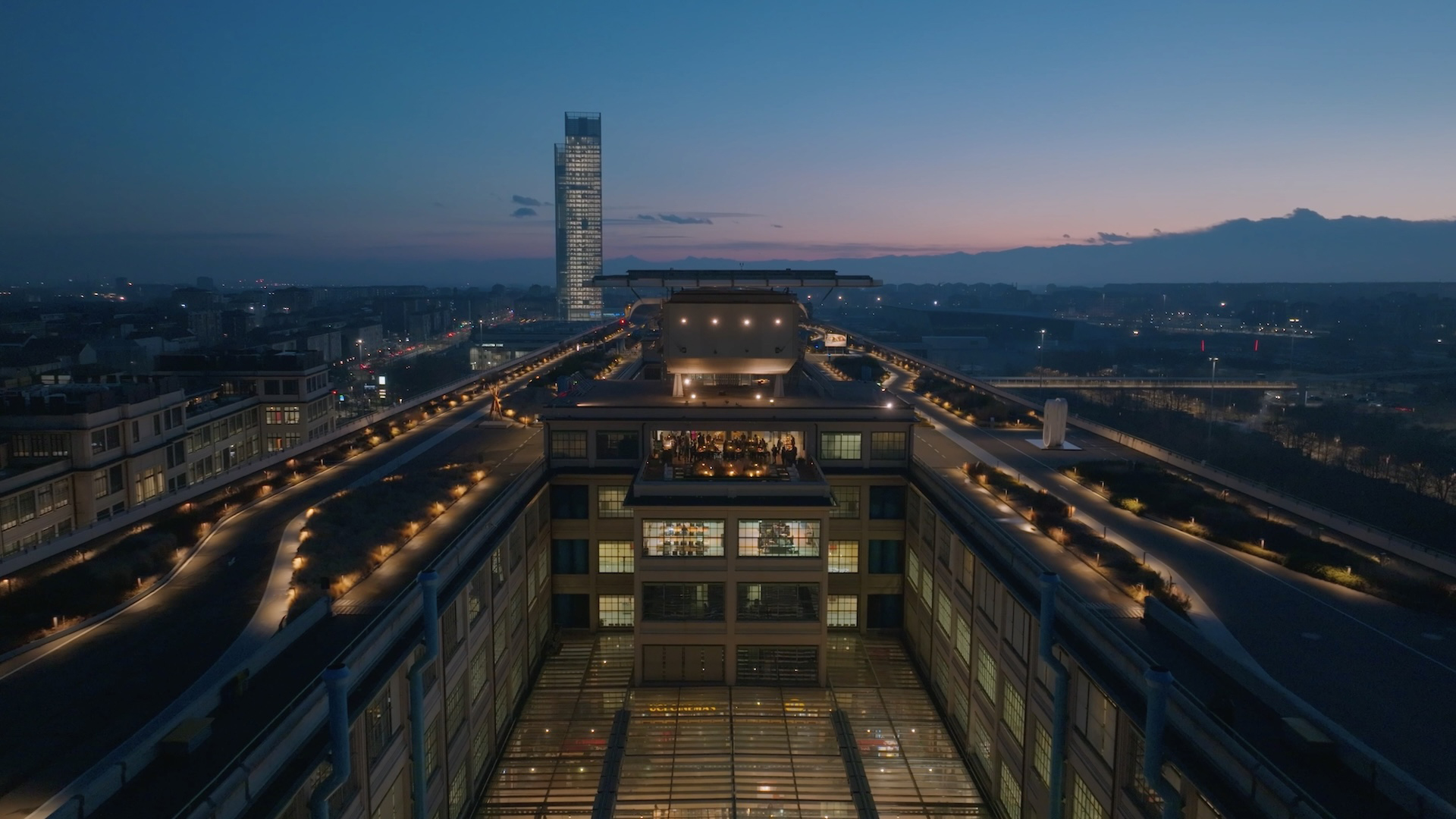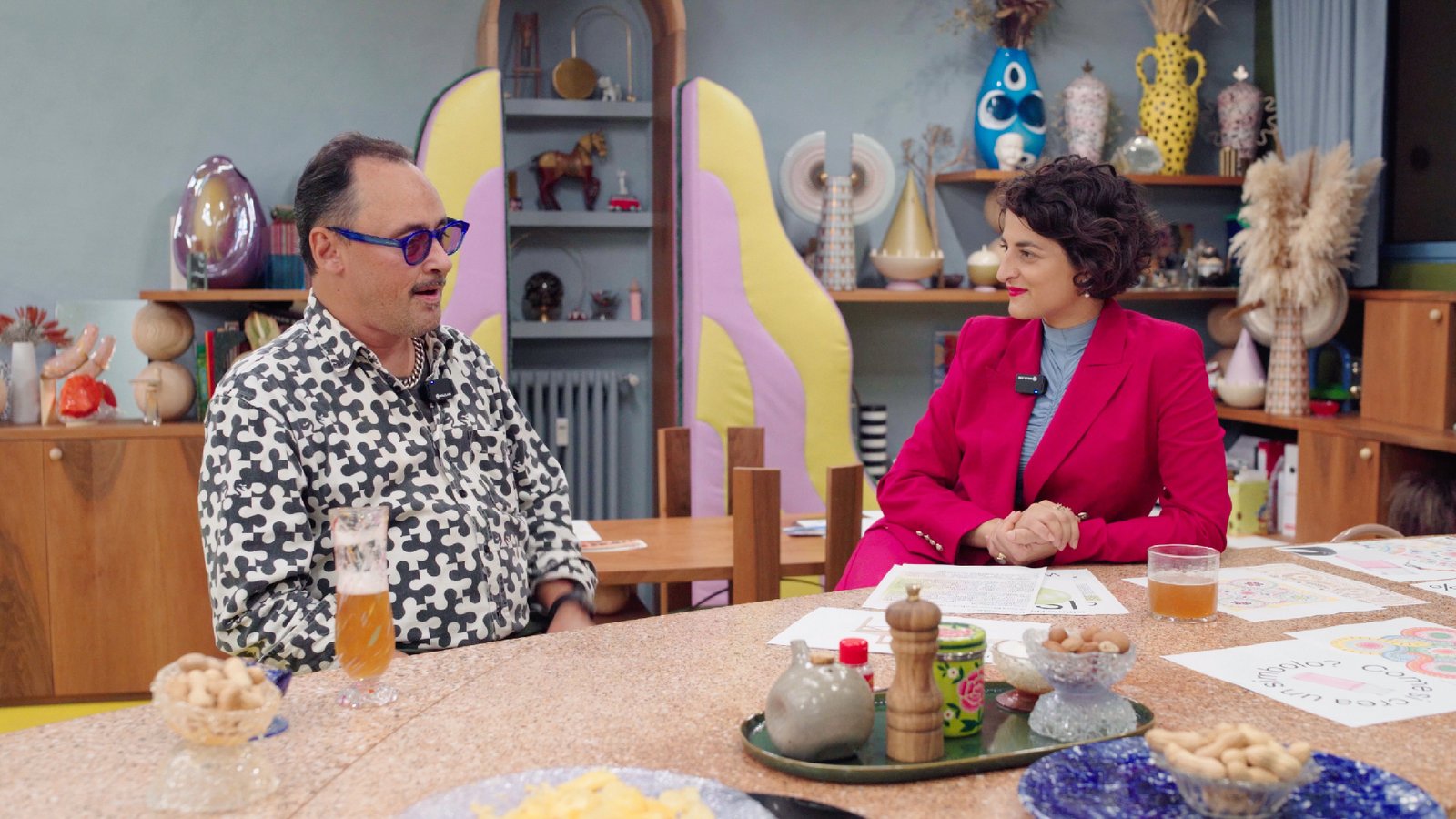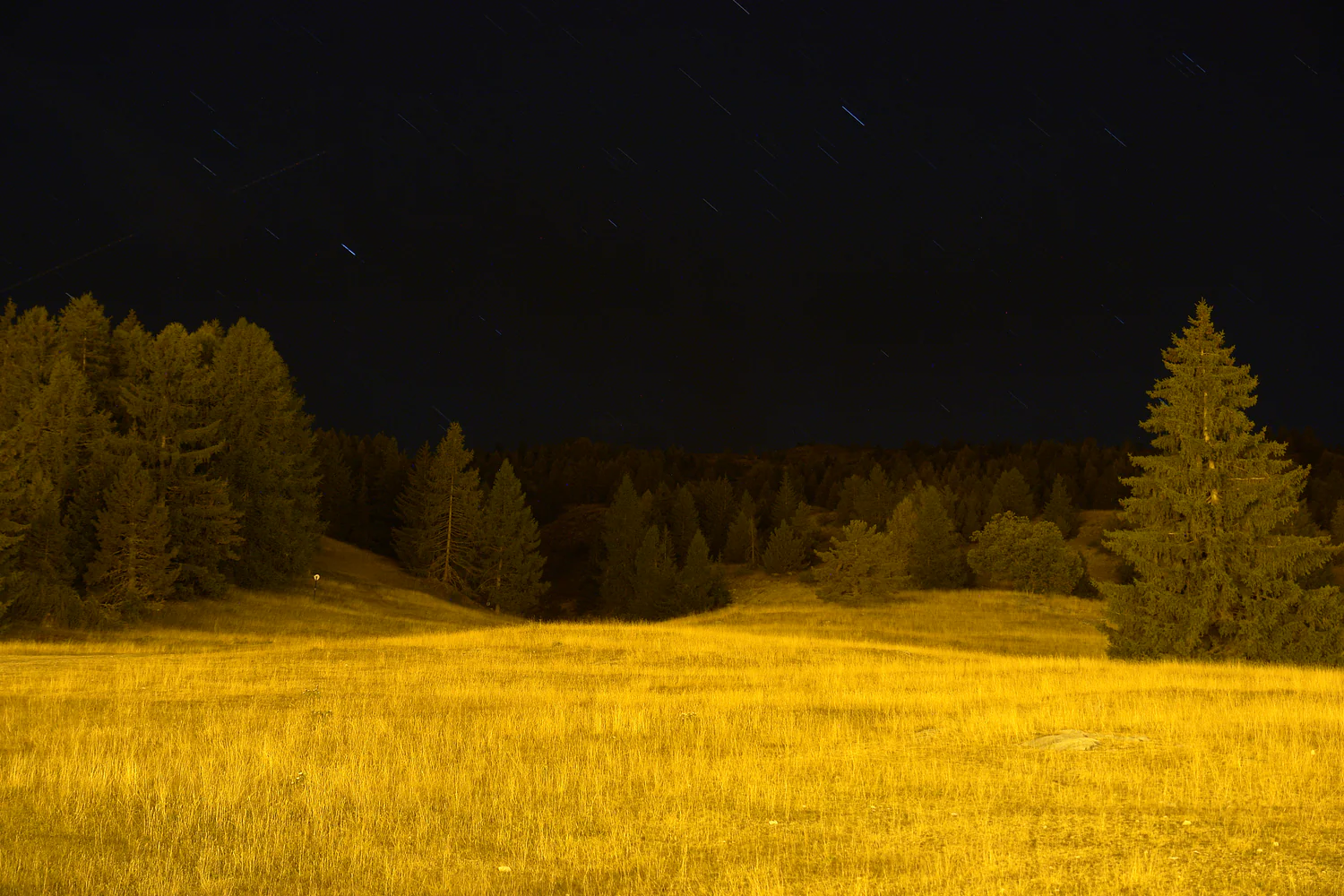
Sasha Elage: Photography as a Rewriting of the Self
An interview with the visionary photographer who turns portraiture into an intimate language of beauty, light, and visual poetry.
During this conversation with Sasha Elage, what strikes you immediately is the clarity with which he speaks about his vision. No affectation, no performance—just a deep relationship with the image, cultivated over time and driven by an authentic obsession with beauty, light, and detail. For him, photography is never just a record of reality, but a tool to create something else—something that moves you, something that lasts. In a visual landscape often saturated and repetitive, his gaze stands out for its consistency and poetry, without relying on effects or intellectual posturing.
Listening to Sasha means tuning into his creative flow: a constant movement between intuition and discipline, between roots and visions. Reading him becomes an act of attention—and perhaps, a way to learn how to see.
RZ: Thank you—really, thank you so much for your time. This is such an honor for me. If I ask you something and you don’t feel like talking about it, please feel free to say no.
SE: Thank you, Rita, for your time. Thank you for your curiosity and your intellectual curiosity—I appreciate that.
RZ: Can you tell me how you started with photography? Do you remember a specific moment in your life—maybe when you were younger—when you realized, this is what I love, this is my path? Then, after that, I’d love to go deeper into your aesthetic.
SE: Sure. I have always been attracted to visual arts since I was a child. On my way to school, I always fought with my friends to sit by the window on the bus so I could watch the perspective.
In the morning, at 8 a.m., the sun was on the right, so the shadows were on the left—and in the afternoon, it was the opposite. I was just always drawn to anything visual. I have other senses, of course, but looking is my main one. For me, seeing is more important than eating.
So, if you gave me the choice between going to a three-Michelin-star restaurant or just grabbing a sandwich somewhere with a beautiful view—I’d go for the view.
I’m 100% visual, obsessed with vision. I started doing art at seven or eight years old—drawing, then painting. By the age of 12, I stopped everything, even though I was kind of good at it. I had school exhibitions, and everything was framed and taken seriously, even if I was just a kid.
Then, at 24, I discovered photography in France—completely by accident—and I fell in love. I immediately understood that this would be for life. Now I’m 44—it’s been 20 years. Twenty years of obsession, and I’m still as obsessed as on a first date.
RZ: Do you have an artist or figure who’s been a key reference for you? Someone important?
SE: I’d say I’m mostly influenced by painters. To me, these people are like saints. I put them at the highest level of humanity—people with a vision, obsessed with it, even if everyone else thinks they’re crazy.
If you spend all night photographing a horse in the middle of Iceland, people might think you’ve lost it. But that’s what it takes—sacrifices, believing in your vision, persevering even when there’s no guarantee it will ever “work.”
I’m not someone who goes to the gym every day to become Mr. Olympia. I’m obsessed with photography. That makes the hard work easier, but it’s still a lot of work.
RZ: That’s so interesting—I feel the same way. Whenever I try to describe photography, I always connect it to art somehow. Maybe I’m being a bit egocentric now, but—if I’m boring, just stop me!
SE:
I only like egocentric people.
I’d rather be around someone who’s truly egocentric than someone fake-humble.
Everything in our Western culture—fashion, architecture, our sense of harmony—it all stems from the great painters.
Imagine Italy without Michelangelo. Take away the painters and you take away the visual education, the sense of beauty and imagination. Music is the highest form of art—pure, untouchable, the language of angels. But painting comes next, and photography too. Today, I think photographers need to stop treating photography like it’s just a screenshot of reality. We all have smartphones—we don’t need more perfect photos of the Eiffel Tower or a beautiful person. That’s not enough anymore.
In the 19th century, when the Impressionists and Fauves started breaking the rules—experimenting with perspective and color—they were responding to that same kind of boredom. Painters back then were making expensive, realistic portraits of court life—pretty women on horses, bouquets of flowers—it was all too clean.
That’s what we risk today: sharp, polished photos that say nothing. You’re just one of millions doing the same thing on Instagram.
The mission of photography today should be the same as what those painters did—revolution. A camera isn’t here to record. It’s here to create, to bring more.
RZ: That’s incredible.
I'm not an expert when it comes to technical stuff, but I’m really curious about your creative process. How do you approach it—especially when it comes to things like color? Is it instinct, or do you have a specific way of building your vision?
SE: I’m a man. I’m 44. I don’t collect toys, I don’t watch cartoons—I’m an adult with adult needs. But when I was a kid, I was fascinated by children’s books and illustrations. That’s where I first built my visual world.
My mom is Estonian-Finnish, and I was born in the USSR, so the cartoons we had were very different from Mickey Mouse or Tom and Jerry. They were created by students of great Russian painters—more poetic, more aesthetic. I don’t know if this is interesting to talk about…
RZ: Yes, of course! I’m endlessly curious—I live because I’m curious.
SE: I was really inspired by these stories and visuals from childhood—animals in snowy landscapes, little girls following them, the moon in the background, the northern lights…
That’s what I try to recreate in my photography today. I believe we can’t escape our childhood—and I was lucky to have a beautiful one.
So I try to reflect that beauty. Because we need more of it. We need fewer vulgar images, fewer marketing tricks—we need more pictures that make us feel innocent again.
We’re bombarded by negativity in politics, in the media, in advertising. I want to bring peace and dreams and softness to people. I’m very comfortable saying this: art should be beautiful, and it should be freeing.
When you look at it, you should feel lighter. I don’t believe that art needs to come with a long, unreadable text on the wall to be valuable. If it needs 650 words to be understood, maybe there’s nothing there.
Most of what you see in museums today is nonsense. I’m not diplomatic—I’ve made a lot of enemies, and I’m fine with that.
You know, I made this calendar with my photos—
RZ: Yes! I wanted to buy it.
SE: I was surprised by the stats. We had 12-year-old kids asking for it for Christmas!
Imagine—a child wanting the artwork of a photographer old enough to be their dad. That’s more flattering than anything.
I don’t want to please the lady in Milan with a 600-square-meter apartment who wants a black-and-white portrait of a woman in a Dior dress. That world is over. I’m talking to the next generation. They want dreams, colors, light, escape. Just like a good song. I offer beauty and freedom. That’s my job. And I do it all in-camera. No Photoshop. No AI. To me, a great photographer should capture everything with their camera—like Cartier-Bresson. And bring something new and joyful to people. Not sadness. We already have enough of that in the world.
If we’re having coffee in Milan and I can’t say something to make you smile, what’s the point of the conversation?
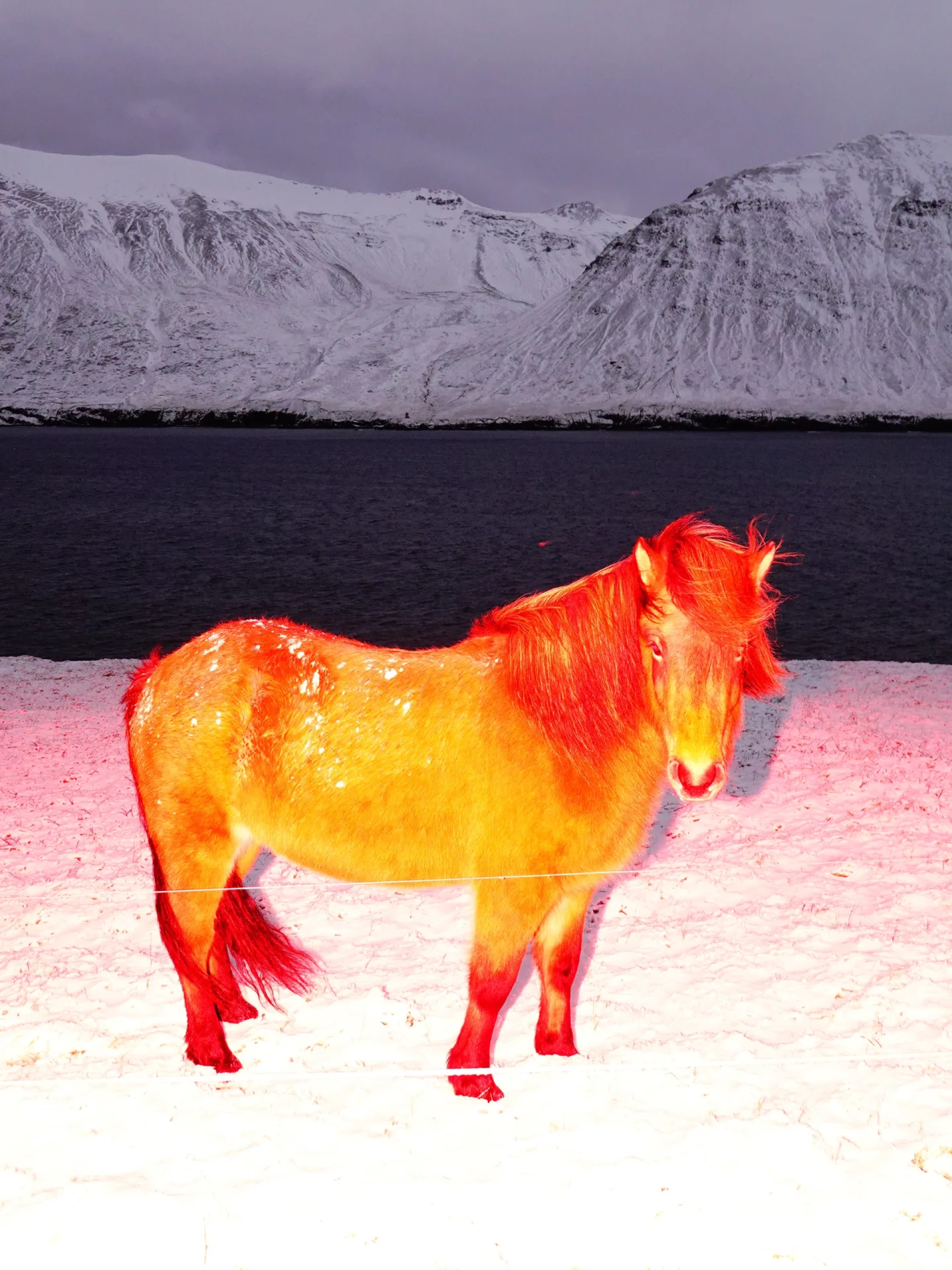 Magic Island, Sasha Elage
Magic Island, Sasha Elage
RZ: : You’re amazing. In Italy, we have this saying—“non conoscere i tuoi eroi,” “don’t meet your heroes,” because it’s often disappointing. But you’re amazing. Really. Thank you, thank you.
SE: I’m a simple guy. I love life, and I love people.
RZ: But in your position, being humble is a choice. You could easily say, “Why should I talk to you? You’re young, you don’t know anything.” And a lot of people have actually done that to me…
SE: That’s so stupid. You’re young—but you’re good.
How ridiculous is it not to give someone a chance? Not to look them in the eyes? Not to hear what they have to say?
I just got back from a trip, and the plane was almost empty. Of course, I took the window seat.
We were flying from Nice—an amazing airport, with views of the Mediterranean, the snow-covered French Alps, Mont Blanc…
But nobody else was even looking. Everyone was glued to their iPads, watching series, not even noticing that we were flying above the clouds, with the highest mountain in Europe glowing in the sunlight.
The best show ever—and nobody cared.
RZ: I get it. They just don’t want to look.
SE: Exactly. They stay in seat 16B, eyes on a screen, missing everything outside.
We’re addicted to Netflix, to TikTok—and the world is happening outside.
RZ: But how do you deal with Instagram then? Because that’s actually how I discovered your work. I found you there—on Instagram. I know you started late, right?
SE: Yes, super late.
I started posting about two and a half years ago, when I began the Magic Island series. But I already had hundreds of projects before that.
At first, I didn’t like Instagram. I usually shoot horizontally, but for Instagram, you have to shoot vertically so the photo doesn’t get cropped.
Now I shoot vertically, and I’ve even developed shoulder pain because my camera is heavy with the flash. So I had to change my way of seeing—just because of Instagram.
It’s a necessary evil. If you have a website, even if you’re good, maybe ten people will visit a month. But Instagram is where people are.
I should have started earlier—the algorithm was better back then. Some people posted five photos and got a million followers, just because they started at the right time. But I wasn’t into it.
Now I accept it. I have to do it.
 Dirtybarn, Sasha Elage
Dirtybarn, Sasha Elage
RZ: I noticed that your IG bio says “no artificial intelligence.” How do you feel about AI? A lot of photographers today rely heavily on post-production or AI-generated elements.
SE: Since day one, I’ve been clear—no AI.
People tell me things like, “A horse can’t be red,” or “You can’t capture that with a flash in the snow,” or “That perspective is too perfect.”
But yes, it can happen. For example, I photographed a rainbow at midnight in Iceland. Even Icelanders were surprised.
If you have the full moon on one side and rain on the other—you can get a rainbow in the dark.
That’s what draws me in—those rare, magical moments.
People assume it must be fake. But it’s not.
RZ: Earlier, you mentioned how you stopped making art at 12, and then rediscovered photography at 24. Was there a turning point in your career, a moment where something shifted for you?
SE: At the beginning, I felt misunderstood. Only a couple of friends liked my work—and mostly because they were friends, not necessarily because they liked the art.
Now I have people buying my prints from Korea, Australia, the U.S.… It’s very rewarding.
But it takes time. And I’m going to keep going until the day I die.
I’m completely obsessed. I love it. It makes me happy.
If a day goes by and I don’t take photos, something feels off.
I photograph people, architecture—strong shapes—and I’m always working on multiple projects. I’m very instinctive in my approach.
Cover image: Yellow, Sasha Elage
Figlia adottiva di Milano ma nata in Campania. Ne ho raccontato la cultura viscerale, i suoi eccessi sentimentali, il culto del quotidiano e del sacro. Scrivo di arte, moda, cibo, rabbia, eretismo psichico e polemiche sterili. Ho scritto di corpi queer, sangue nell’arte, edicole non ordinarie e di amore. Mi piacciono le parole complesse, la frutta matura e i flussi di coscienza.
